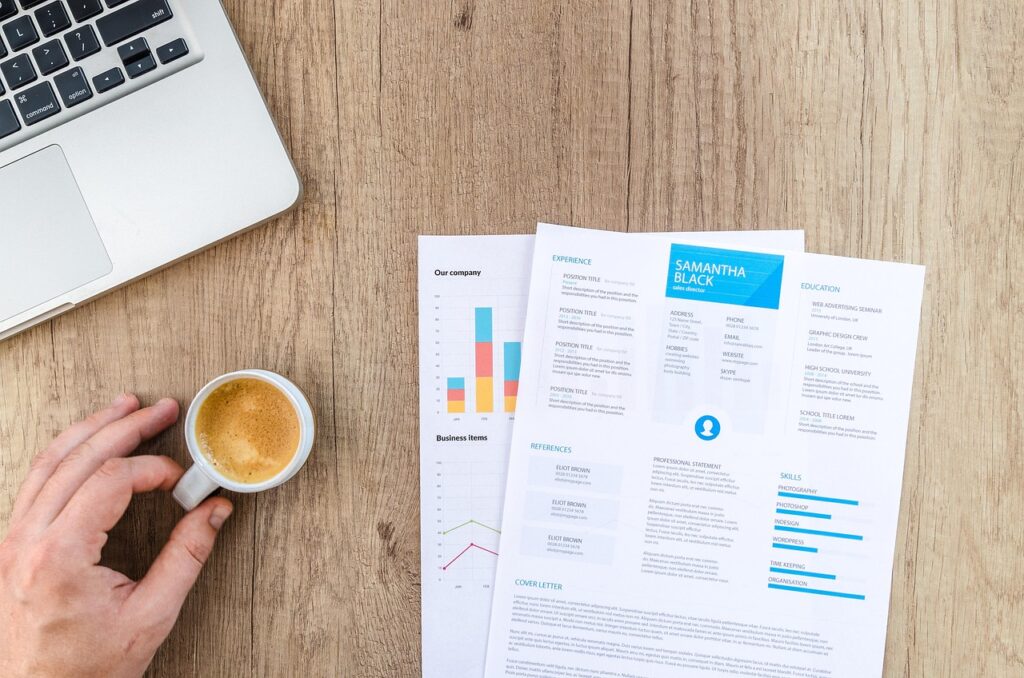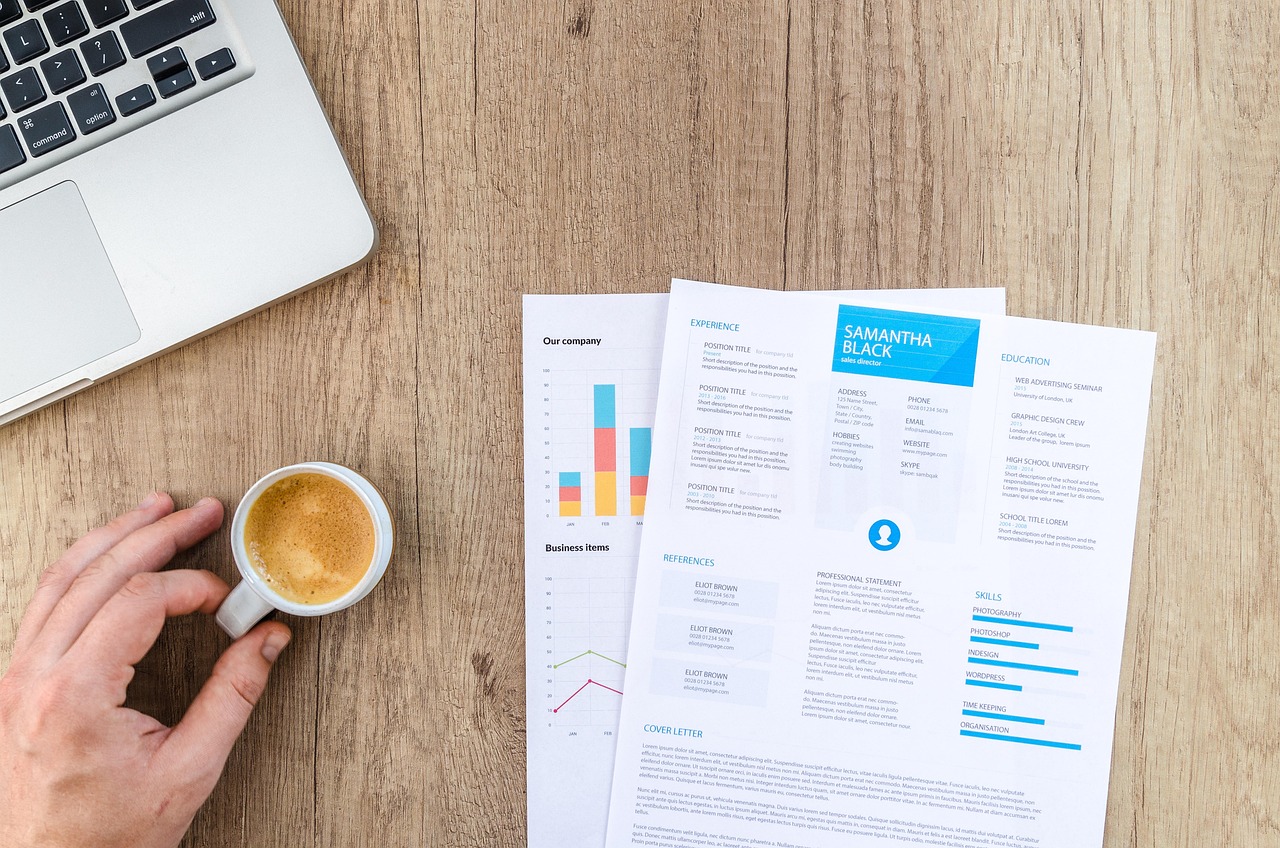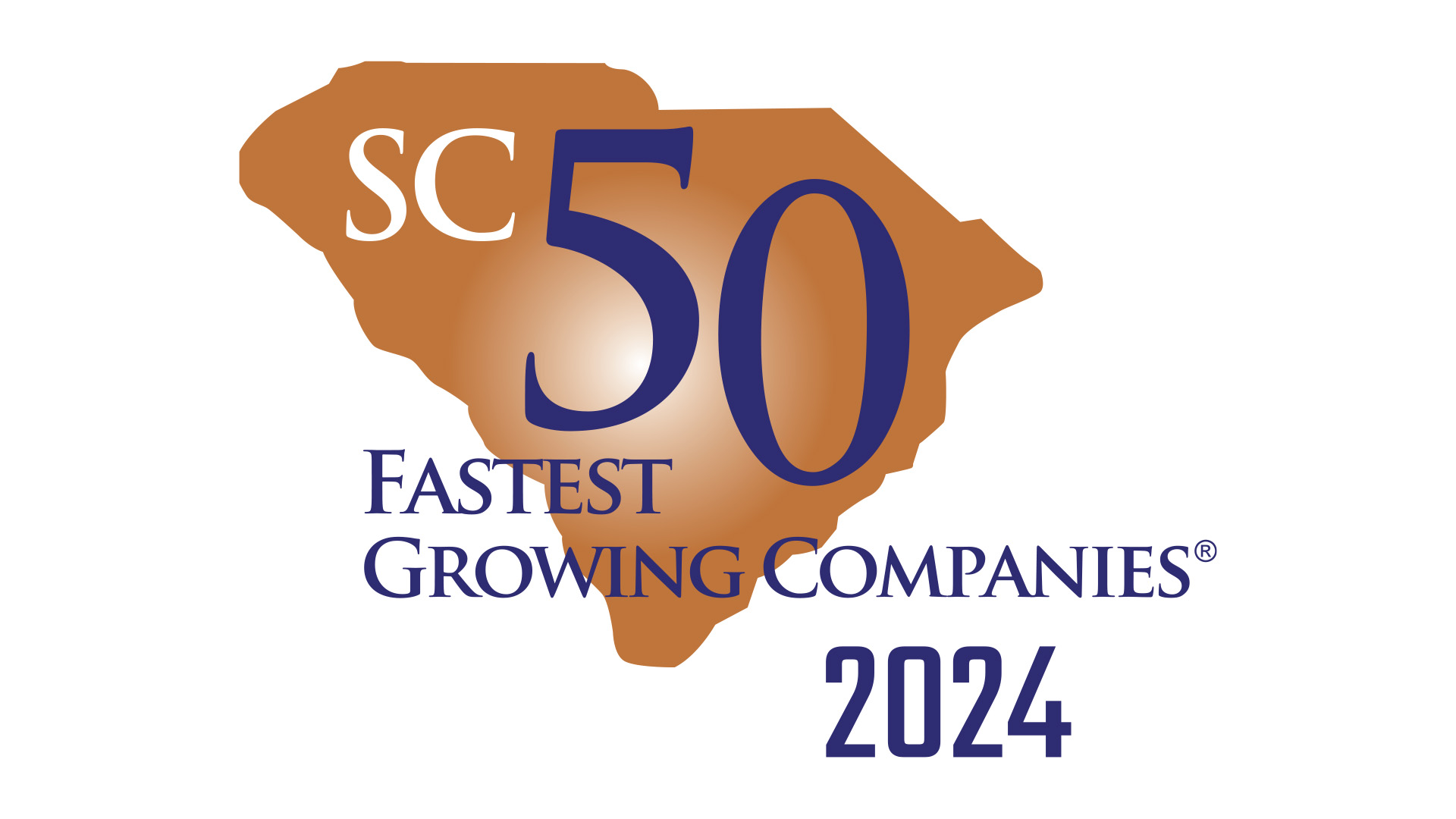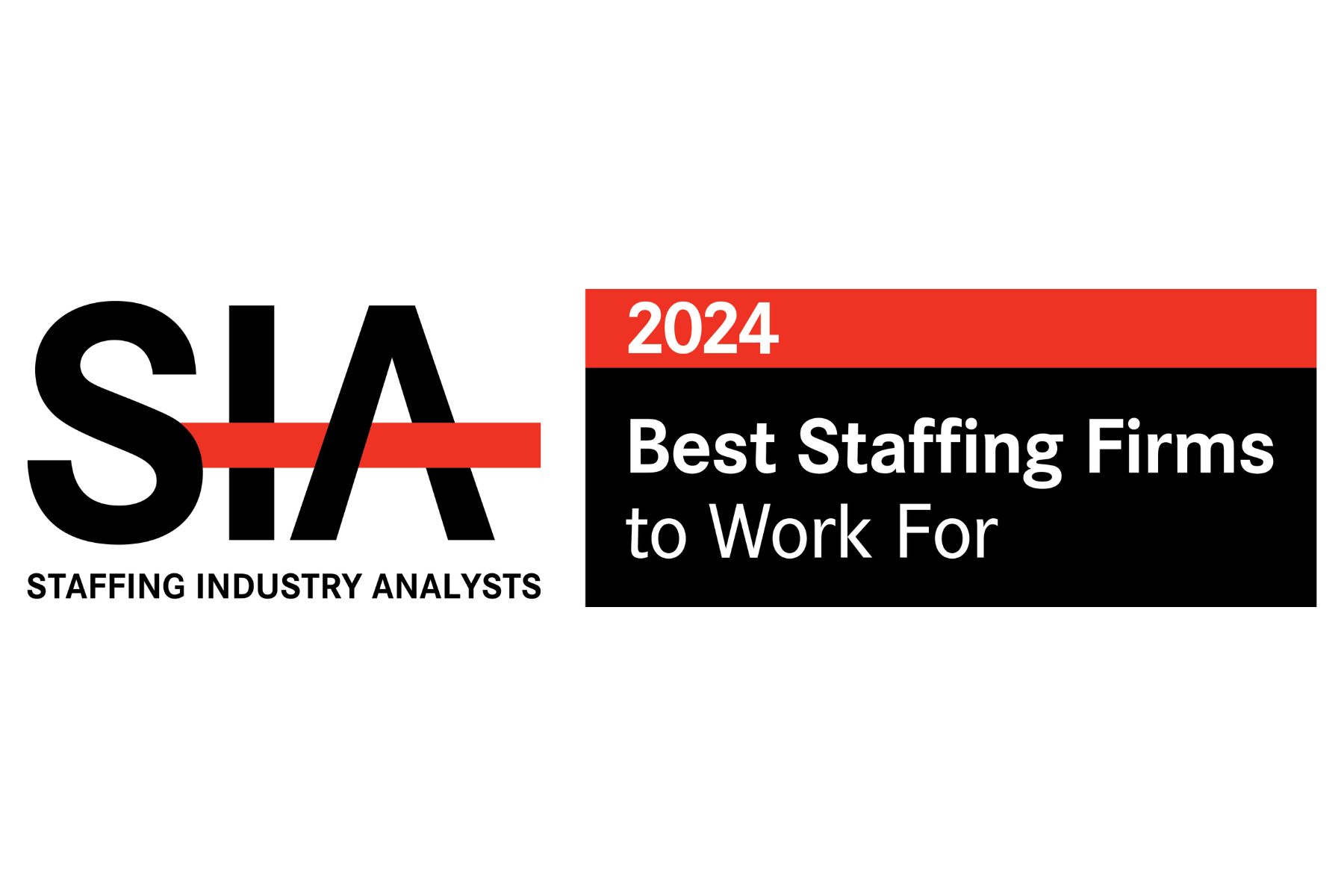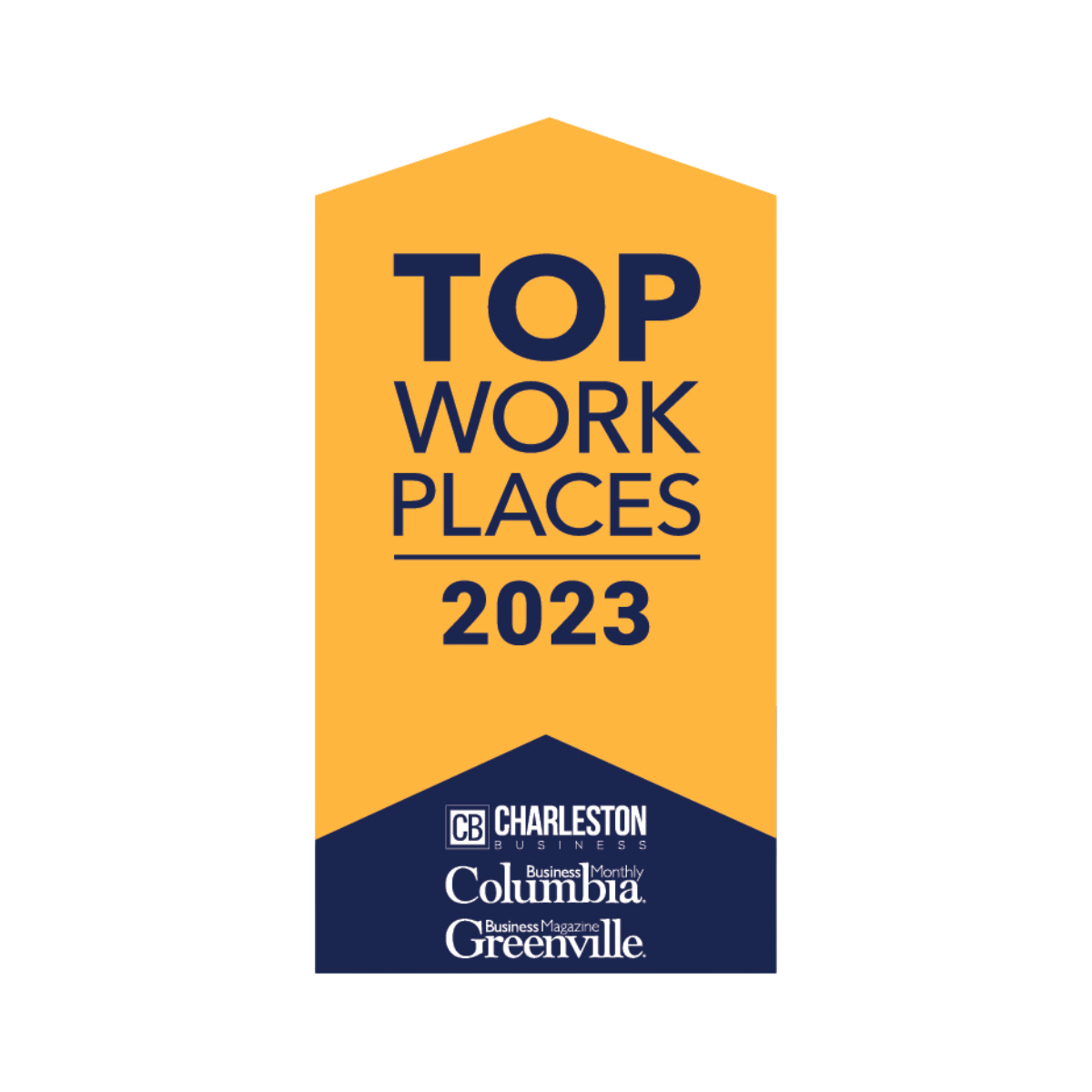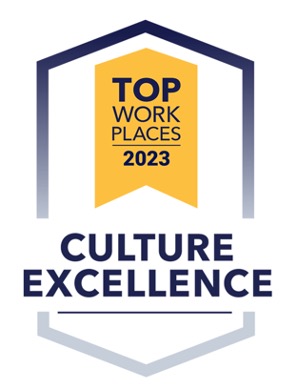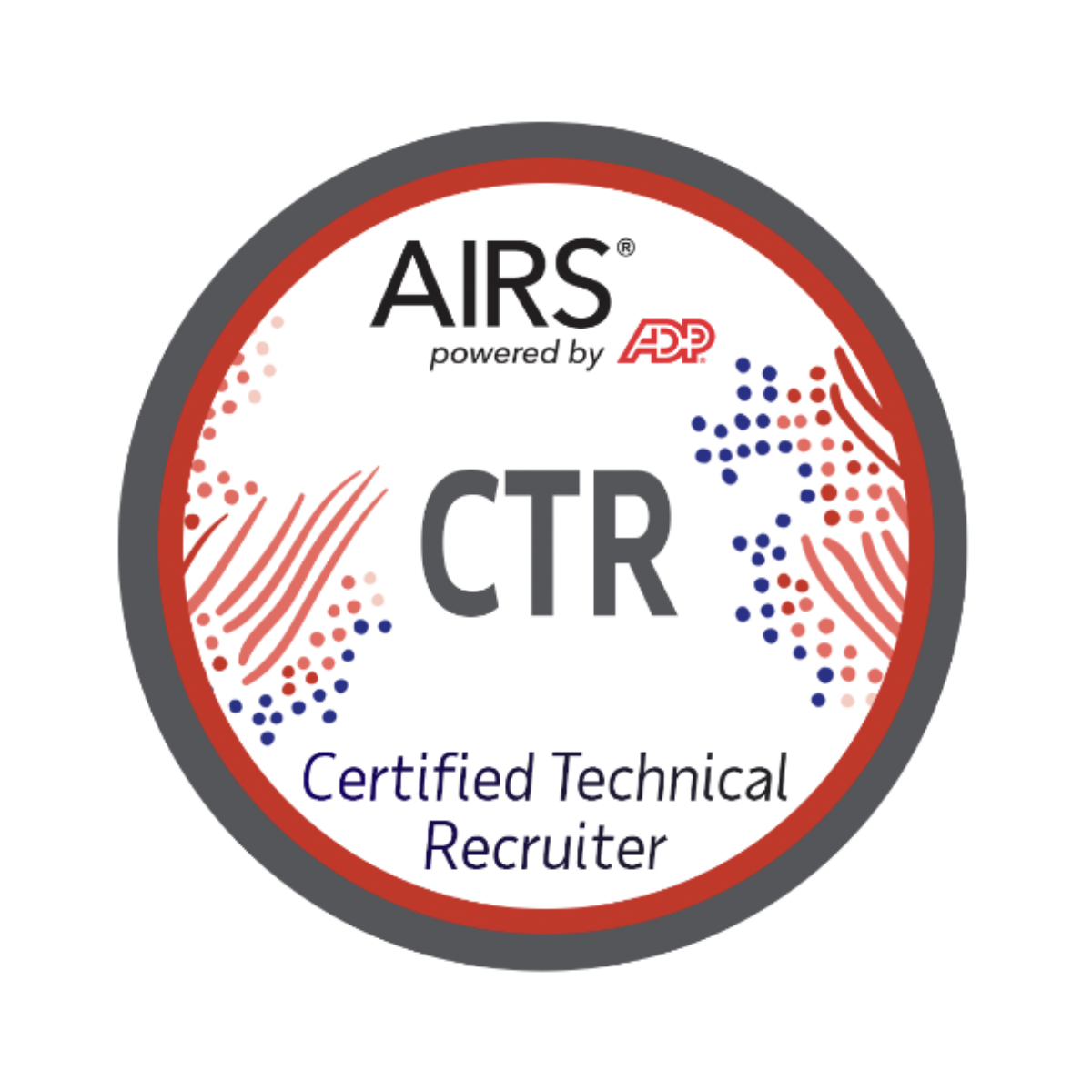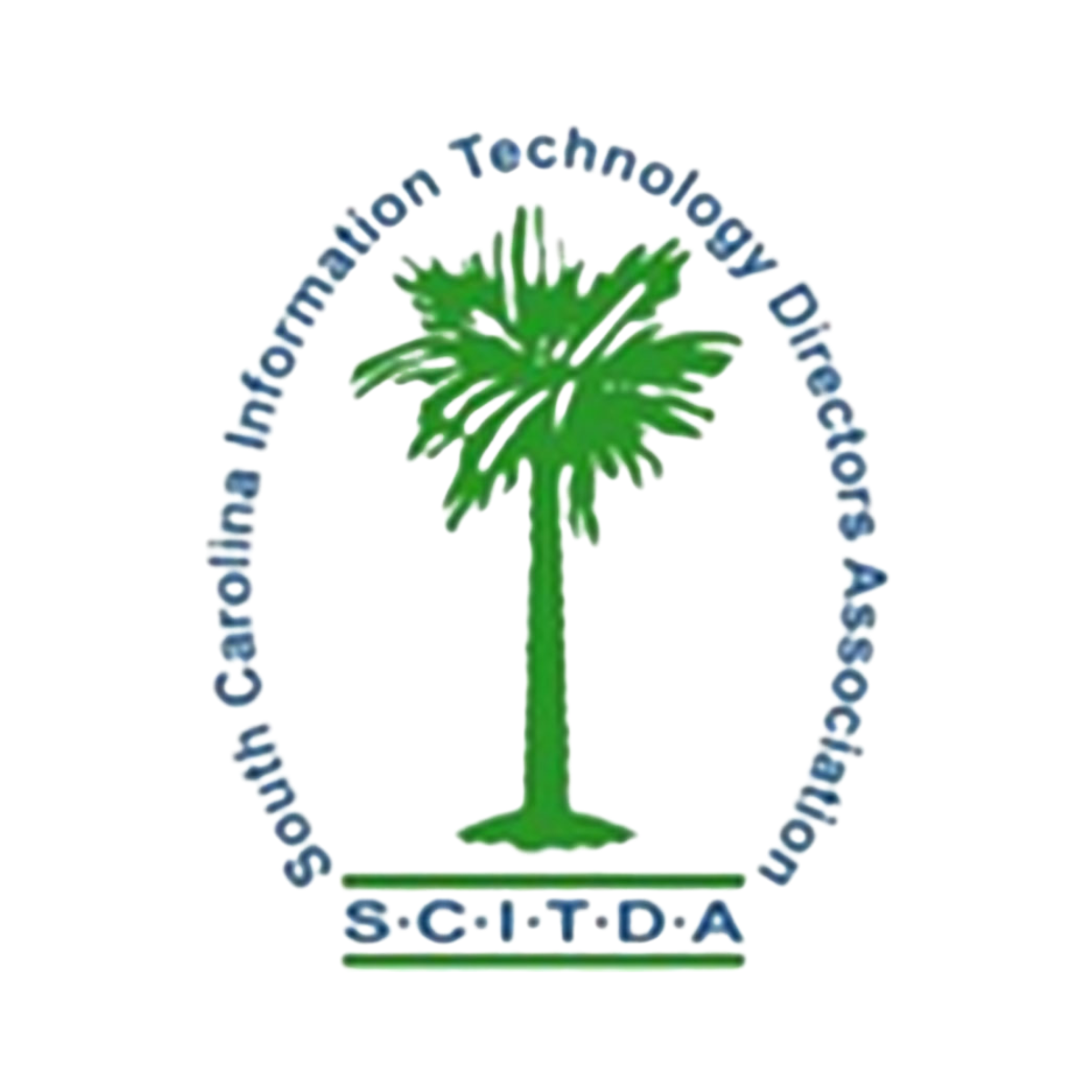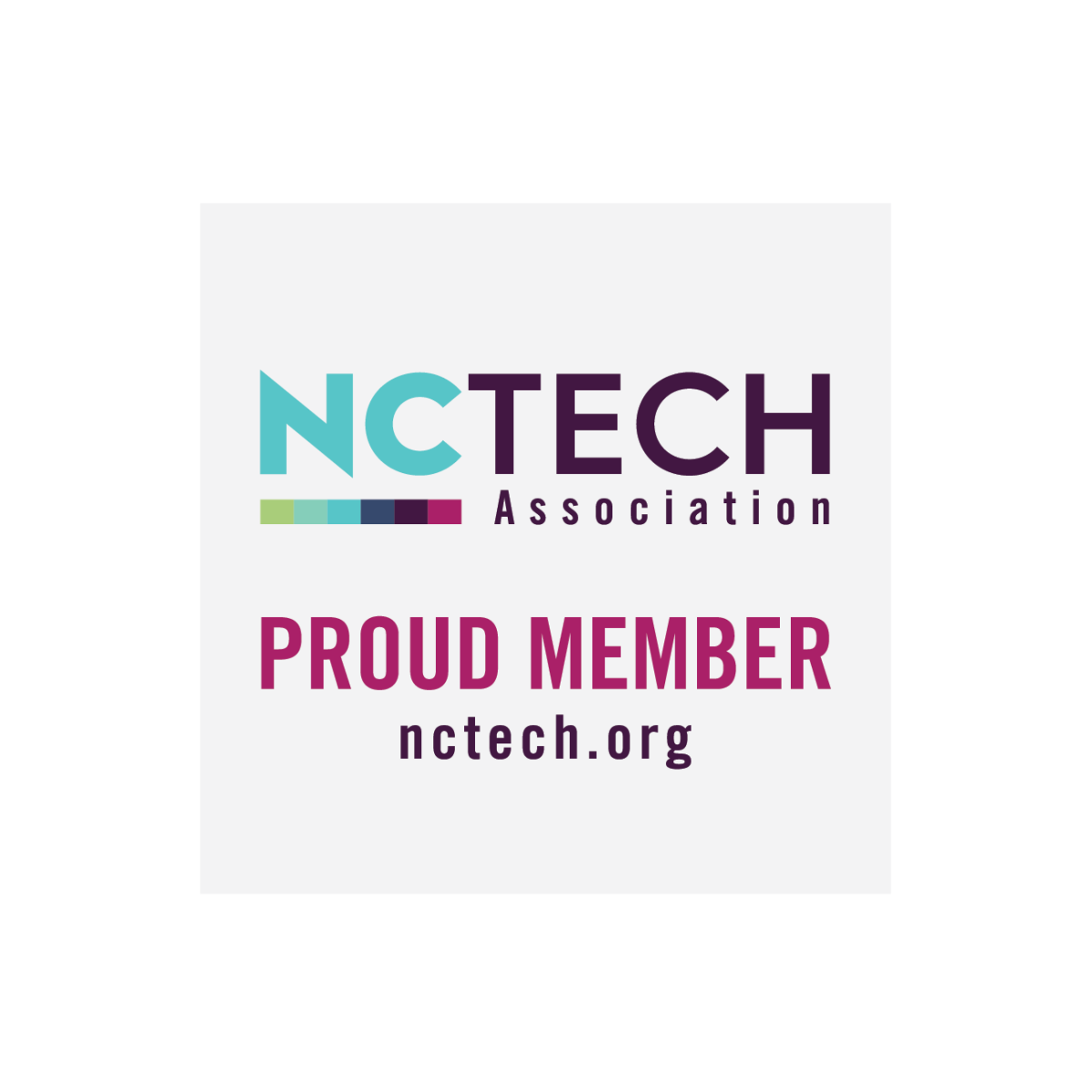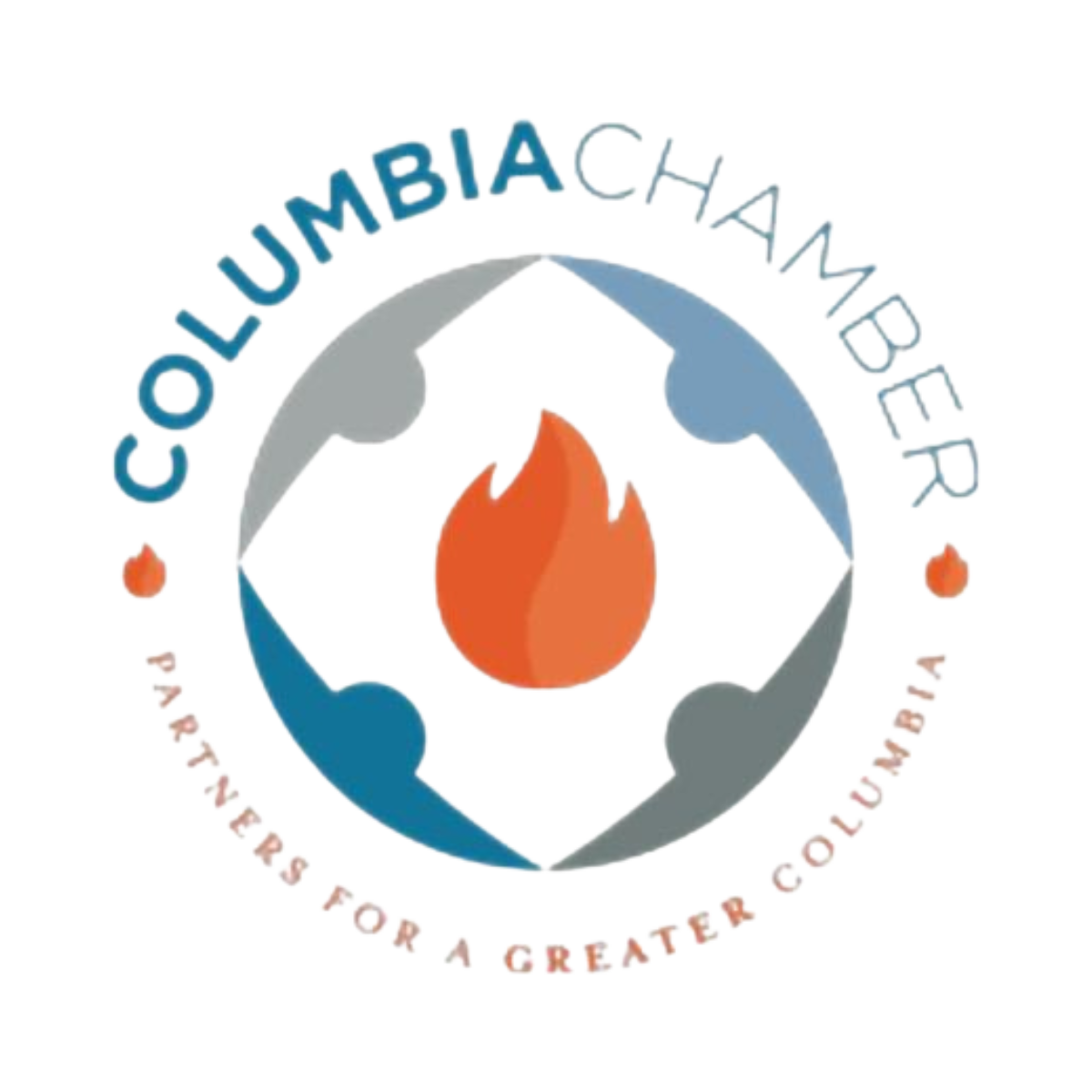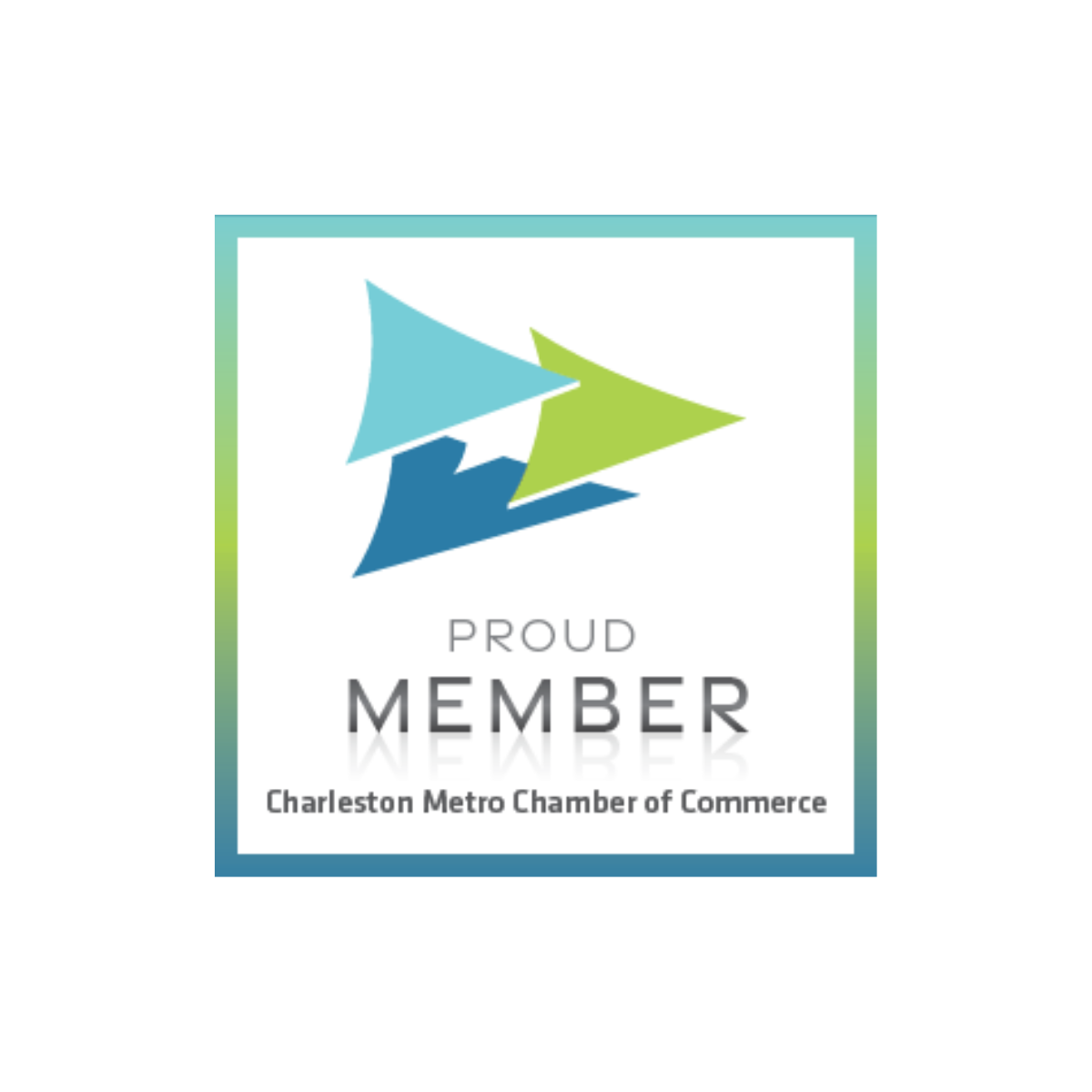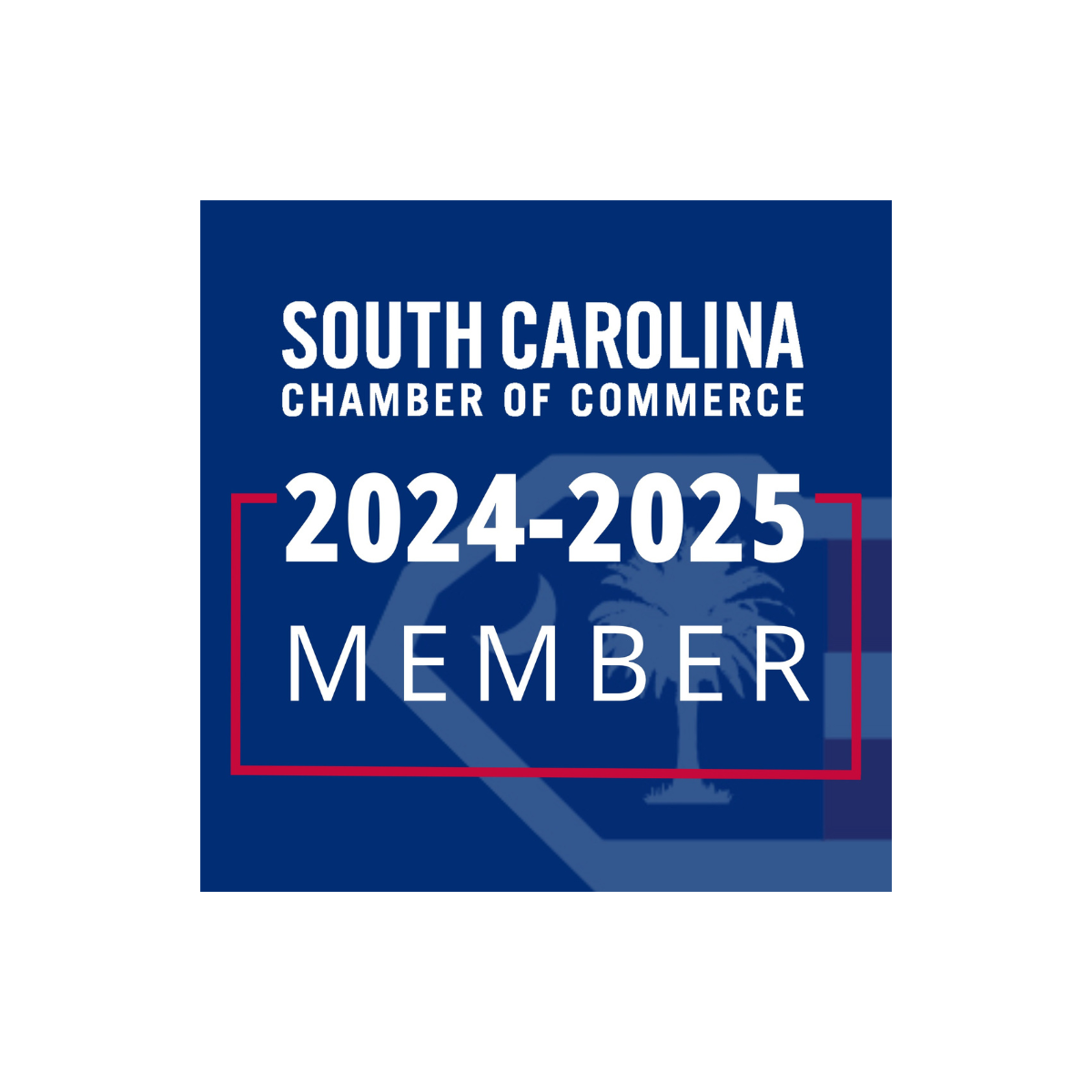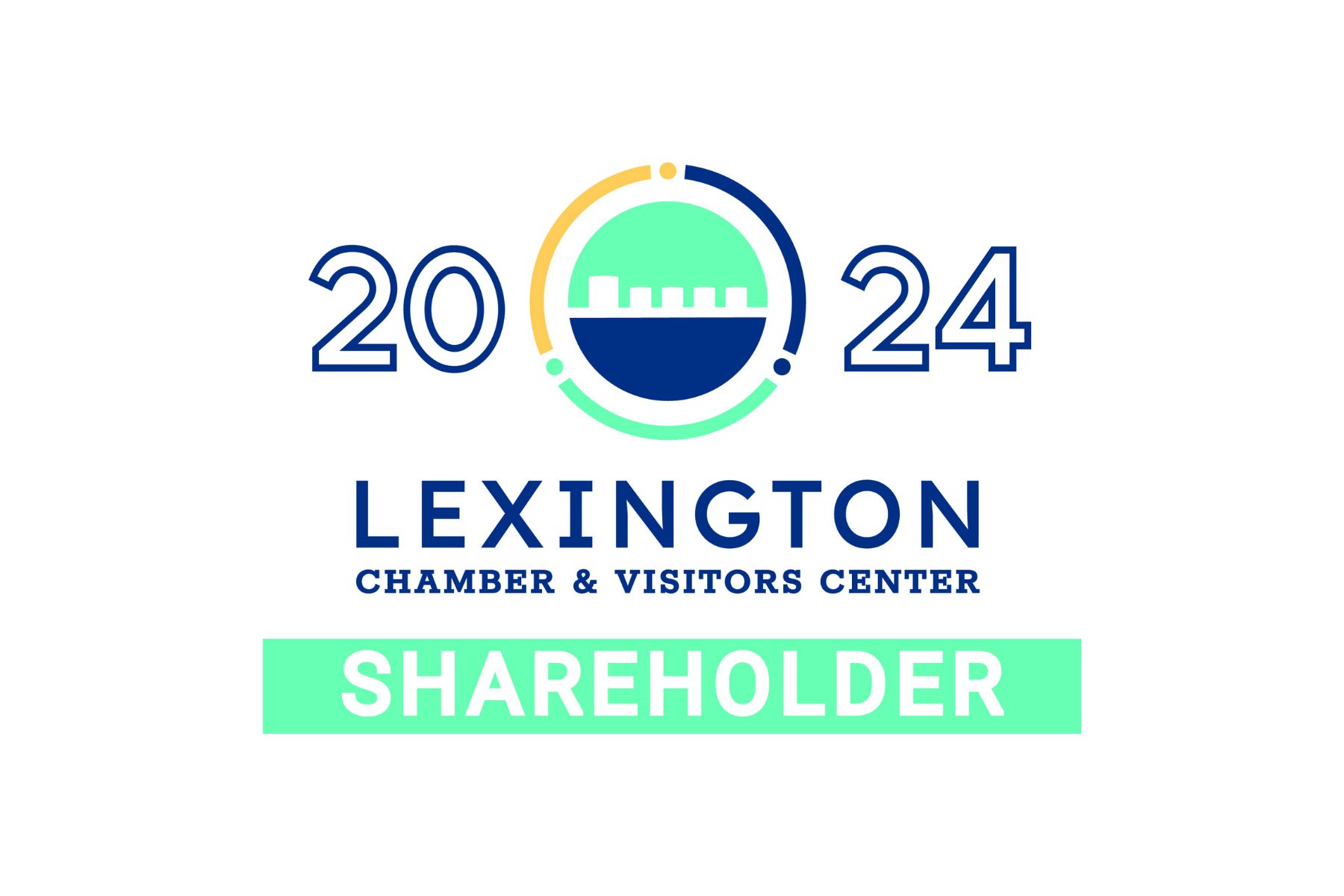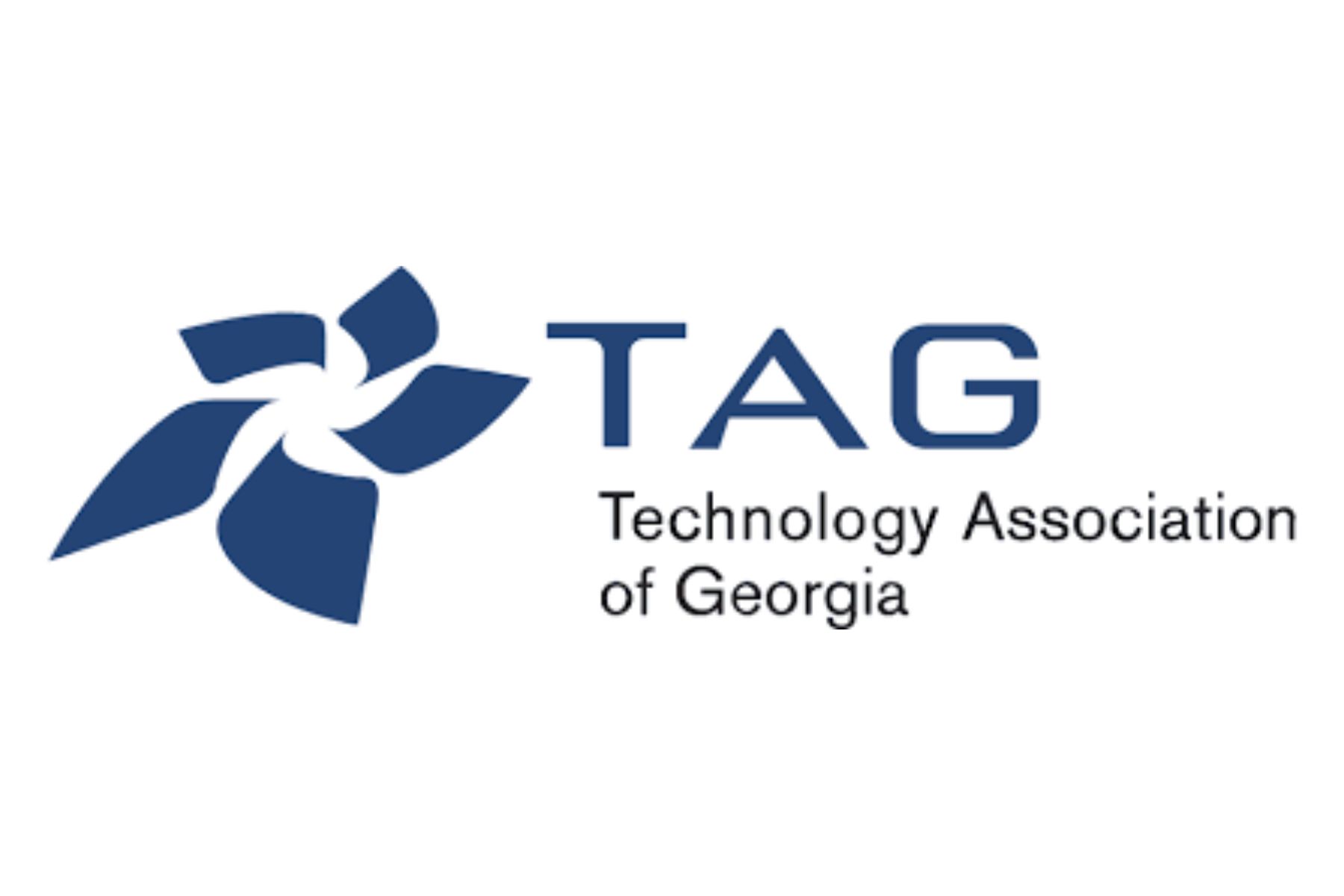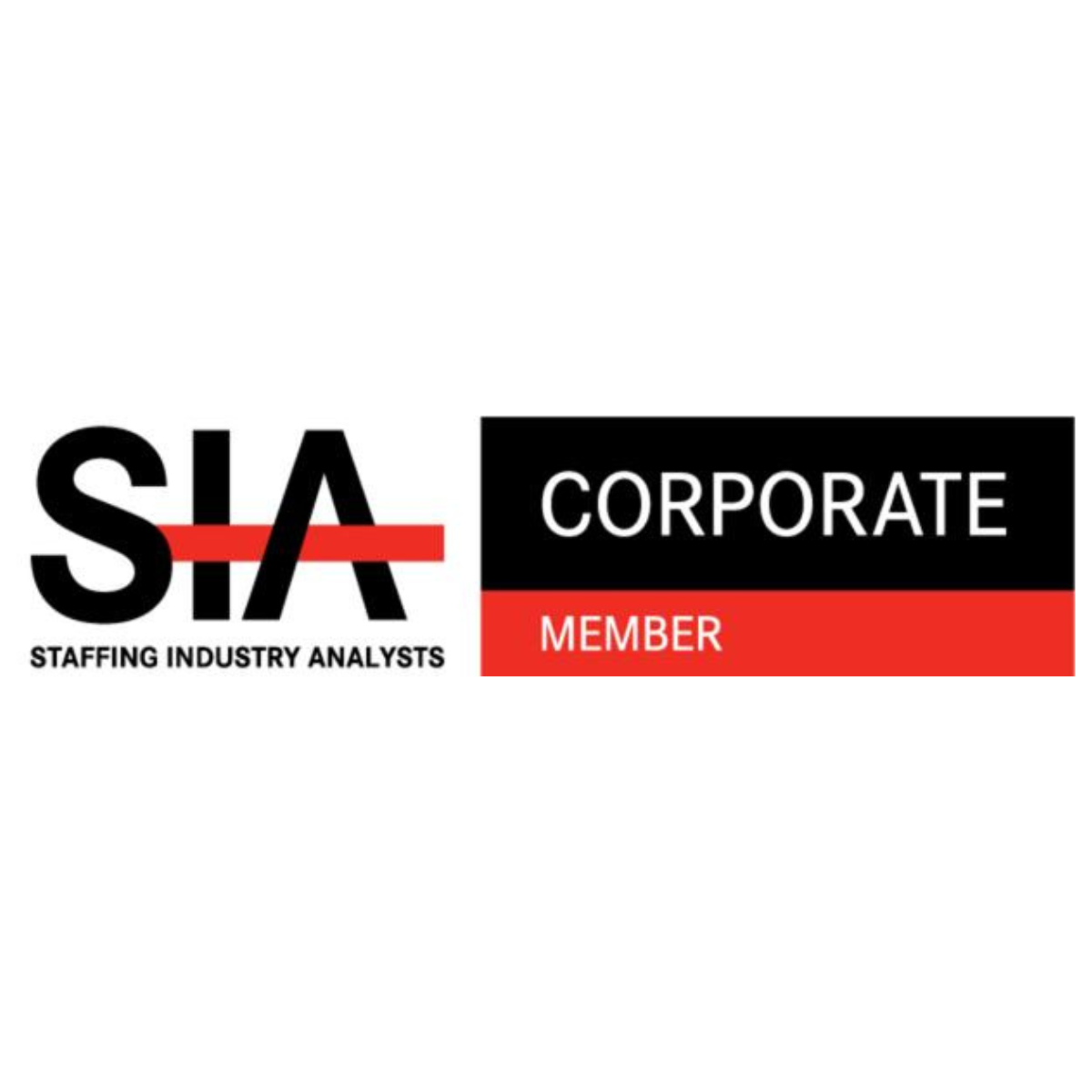If you are ready to prepare your information technology resume for a job interview, we’ve got some handy tips to help you get started. Writing a resume now requires an understanding of what employers are looking for on resumes today. You want your resume to stand out and set you far above the other candidates.
What Are Some Good Objectives for Resume Writing?
If you are considering how to write an objective for a resume, focus on creating a one-two sentence statement about your professional goals for the near term and an explanation of why you are looking for a job.
For an Information Technology Resume Objective:
Choose two of your best strengths
- Hard-working, driven, highly-motivated
- Organized, detail-oriented, highly-focused
- Experienced, accomplished
- Enthusiastic, positive, optimistic
- Dedicated, self-sufficient, self-starter, self-motivated
- Reliable, responsible
Add your current job status:
- I am a hard-working, highly-focused recent computer science graduate.
- I am an organized, experienced IT professional in cloud networking.
- I am a highly-driven, accomplished project manager in healthcare IT with five years of experience in coding.
- I am an enthusiastic, reliable web designer with 3 years of experience in web development for a large corporation.
Add a second statement about your current career goal and how you bring value to this specific organization:
- I am seeking a full-time position as a web designer for your company where I can apply my knowledge of JavaScript, HTML, CSS, and Python to help your company create better website experiences for your users and to make your in-house software more user-friendly.
- I am ready to bring my valuable experience with cybersecurity in business to government contract work so I can help keep our country’s infrastructure and computer network safe from malicious attacks.
How Long Should a Resume Be?
Is it ok to have a 2-page resume? If you are a new graduate or have under a decade of work experience, it’s wise to try to keep your professional resume to one page. If you have more work experience, it may need to be longer to account for multiple jobs.
Employers appreciate brevity and conciseness. Use bullet points with a minimum number of words for lists. If you have experience that is not relevant to this job, you may not want to include it, especially if it makes your resume too long.
Choose a resume font size of 10-12 points that will help keep the resume to a reasonable length while still being legible. Consider using a premade resume template to help your resume look sharp and professional. Most word processors, like Word and Google Docs have free resume templates available.
How Do You Decide on a Resume Format?
Thinking about how to build a resume? The perfect resume is less about creativity and more about covering all the important bases. If you use a recruiter, they may take your information and tailor it into a specific format for you depending on the company your resume goes to.
A General Outline for a Resume
- Resume title/resume headline – A short capitalized phrase (3-10 words) that explains your experience and unique strengths. Place it at the top after your contact information and the salutation. Use keywords related to the job listing and your skills.
- Contact information – Be sure to use the same name on your resume, cover letter, business cards, and any other material employers may come across that you want them to see. Include your address, phone number, and email.
- Hard skills/technical skills/IT skills – Hard skills for a resume are things you have learned through academic study, on-the-job experience, and job training. Hard skills include technical skills, marketing and presentation skills, writing and language abilities, computer skills, etc. Technical skills for a resume may include things like prototyping, coding, CRM platforms, linear regression, CAD, and any specific IT skills you may have.
- Certifications – Certifications on a resume should include anything you have trained in and received certification for whether it is programming, coding, a marketing program, or anything else that would be valuable to a potential employer in this particular field.
- Academic history – Include an academic resume of your graduate school, college, trade school, and high school career.
- Awards/achievements/hobbies/relevant interests – Consider including anything that showcases your skills, proficiency, discipline, and soft skills that would be assets to an employer for the job for which you are applying.
- Reference page – Including a reference page for a resume is a good idea. Be sure to include people as references who know your work and will provide a good reference. These people should not be relatives. It could be wise to choose references from a past job if you are working somewhere at present.
- Include numbers – Quantifying your past results and accomplishments provides prospective employers with evidence and grabs their attention. Use numbers to focus on results that show measurable achievements like increases in revenue or ways you improved workflows.
When writing a resume, start with your most recent job, and work backward. And for your education, start with the highest level of education and work backward to high school. Also, list any related volunteer work in the same way starting with the most recent.
Do You Want to Create the Best Resume with No Experience?
Be sure to list all the skills you have and experience that could relate to the new job and related skills. Maybe you have done volunteer work creating websites even if you haven’t worked as a web designer yet. Include samples of your work and references.
Find something in the tech world that you are passionate about. Take initiative and start a project on your own that builds upon an idea or skill that you want more experience in.
Should You Include a Resume Picture?
Current best practices indicate there is not a benefit to including your picture and that having one could actually hurt your chances of getting hired. So, for now, it’s best to leave it out.
Should You Rate Your IT Skills on Your Resume?
Many IT candidates list out their various IT skills and rate themselves on a scale of 1-5. The problem is that most people rate themselves very well and a number from a self-rating may have little value to a prospective employer. So it could be best to leave the ratings off.
Editing and Proofreading Are Critical
Be sure to comb through your resume multiple times to remove any grammatical mistakes, punctuation errors, or misspelled words. Having a second set of eyes look over your resume is always a good idea, too. Ask a friend or family member to take a look and give you feedback. You want to present yourself as professionally as possible. These kinds of errors could cause you to be overlooked in the interview process.
How Can You Use a Job Description to Guide Your Resume Writing?
If you know that you want a computer engineering position, for example, find some examples of that job in a job-search engine online. Use the descriptions to help you write your resume.
The words the employer uses are critical keywords you’ll want to include in your resume writing. And, of course, if there is a specific job you are applying for, use that particular job description to help you write specifically for that position.
The General Components of a Job Description
Most job descriptions will have a job title (keep in mind that in the IT world, there can be multiple job titles for the same basic job), a job summary, and a list of responsibilities/duties. These are all great places to pull keywords from for your resume.
Job descriptions will also generally address salary expectations, education/training/experience requirements, and a physical location.
Should You Have a Cover Letter for Your Resume?
Yes! You will need a one-page cover letter to submit with your application and resume. It’s a good idea to aim for 250-400 words. The goal of the cover letter is to introduce yourself and to intrigue your potential employer so they are very interested in reading your resume.
It’s your first impression and a major chance to impress and make your resume stand out.
What Should You Include in Your Cover Letter?
- Your name, title, and relevant contact information
- The prospective interviewer’s name, title, and address
- A greeting line: “Dear Mr. Jones,”
- An opening paragraph about your interest in the job and 2-3 of your top achievements.
- A second paragraph about how valuable your experience and skill set would be to the company. Show why you are the best candidate for the position.
- A third paragraph explaining your passion for the job and how you would provide value to the company.
- A concluding paragraph about how the interviewer can get in touch with you and communicating that you hope to meet with the interviewer to discuss the position in greater detail. Mention that you will follow up after a certain time period and be sure to do so.
- A formal closing like, “Sincerely, Jane Doe”
Do You Need Resume Help?
Today, most employers receive resumes online. Things have changed quite a bit in recent years. The requirements are new and your resume needs to have certain keywords and phrases to even be considered. It can be helpful to have someone with experience guide you through the process as you write a resume.
Consider using a recruiter. Recruiters, like TM Floyd & Company, help you get your resume out to potential employers who will be a good match for you. Recruiters often offer many resume services for their clients, as well. We know our clients (your potential future employers) and what they want to see on your resume. And we get to know you and your skills and strengths. We customize your resume to match what each company is looking for, giving you a big boost in the interview process.
